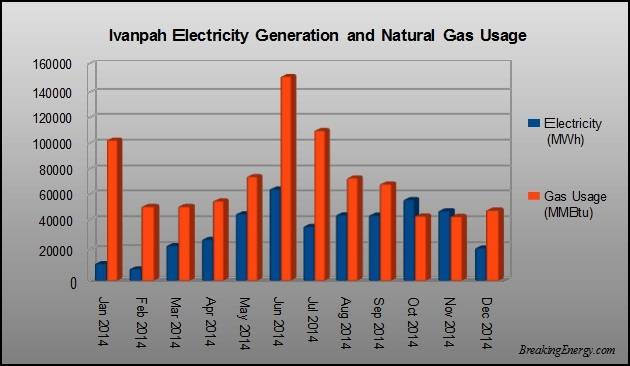Ivanpah is producing electricity from solar energy. Ivanpah works.
Ivanpah is producing electricity from solar energy. Ivanpah works.
Sooooo, are you just incredibly stupid or are you a paid propagandist? Hmmmm? Ivanpah is NOT producing. In fact it is in danger of having the plug pulled.
Ivanpah Solar Project Faces Risk of Default on PG&E Contracts
"Energy production has picked up at the Ivanpah Solar Electric Generating System in the Mojave Desert, but not enough to allow the plant’s owners — who include Google and Oakland-based BrightSource Energy — to avoid the risk of defaulting on their contracts to deliver electricity to Pacific Gas & Electric.
Majority owner and plant manager NRG Energy said in its most recent quarterly report that it won’t be able to deliver the electricity promised in its power purchase agreements with PG&E. The agreements cover output from two of Ivanpah’s three units."
Ivanpah Solar Project Faces Risk of Default on PG&E Contracts | The California Report | KQED News






